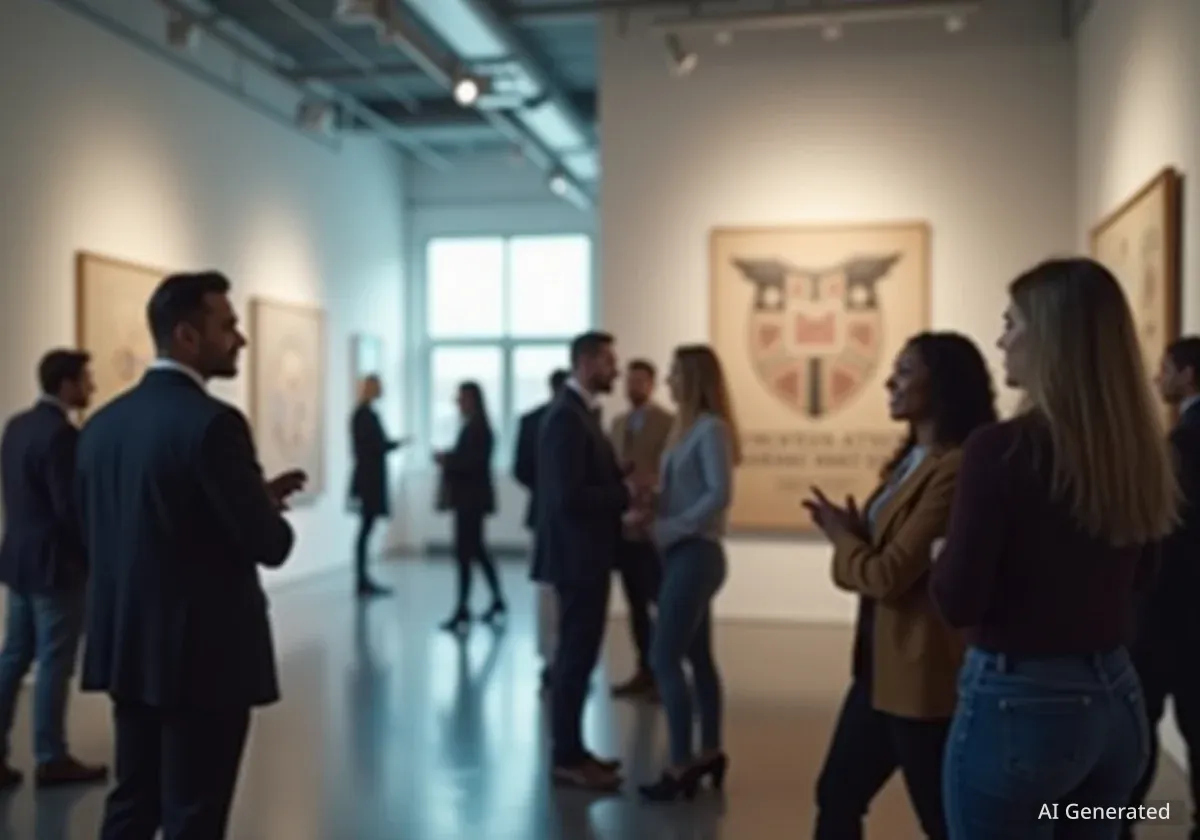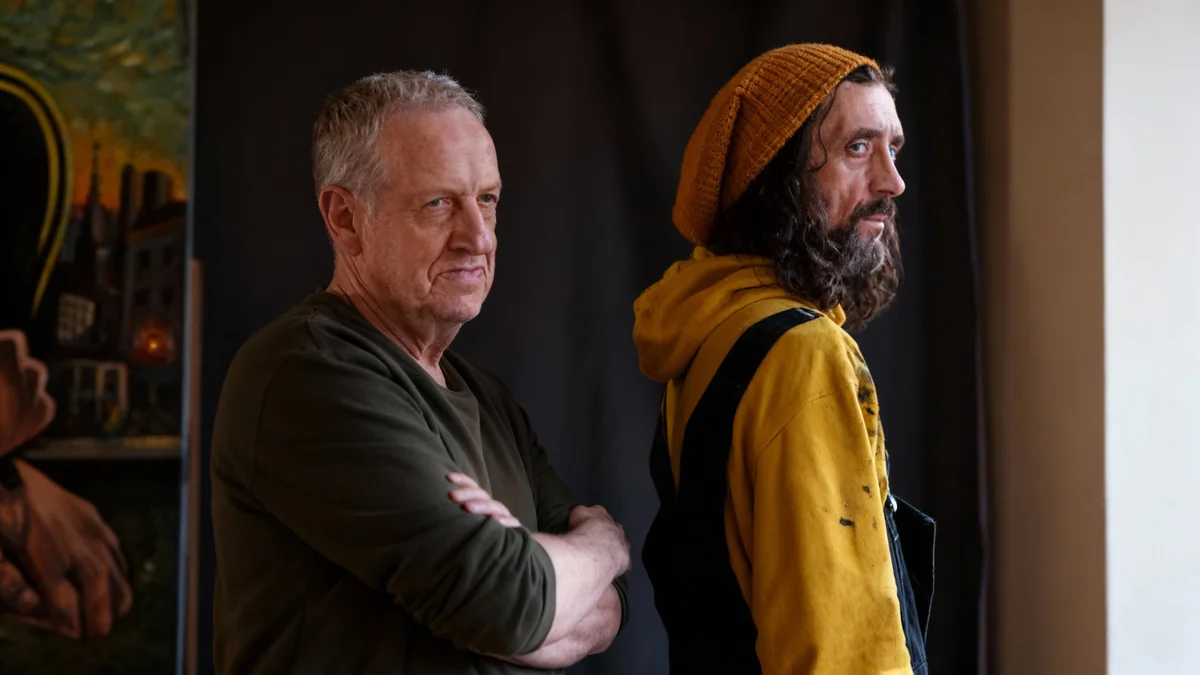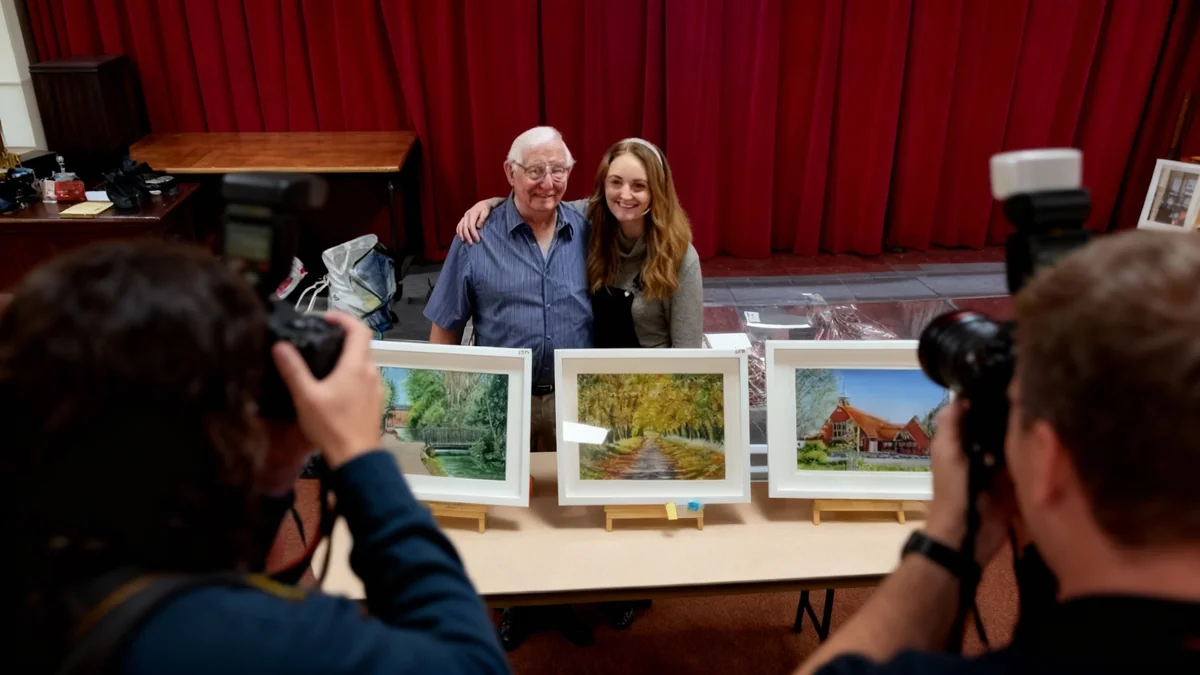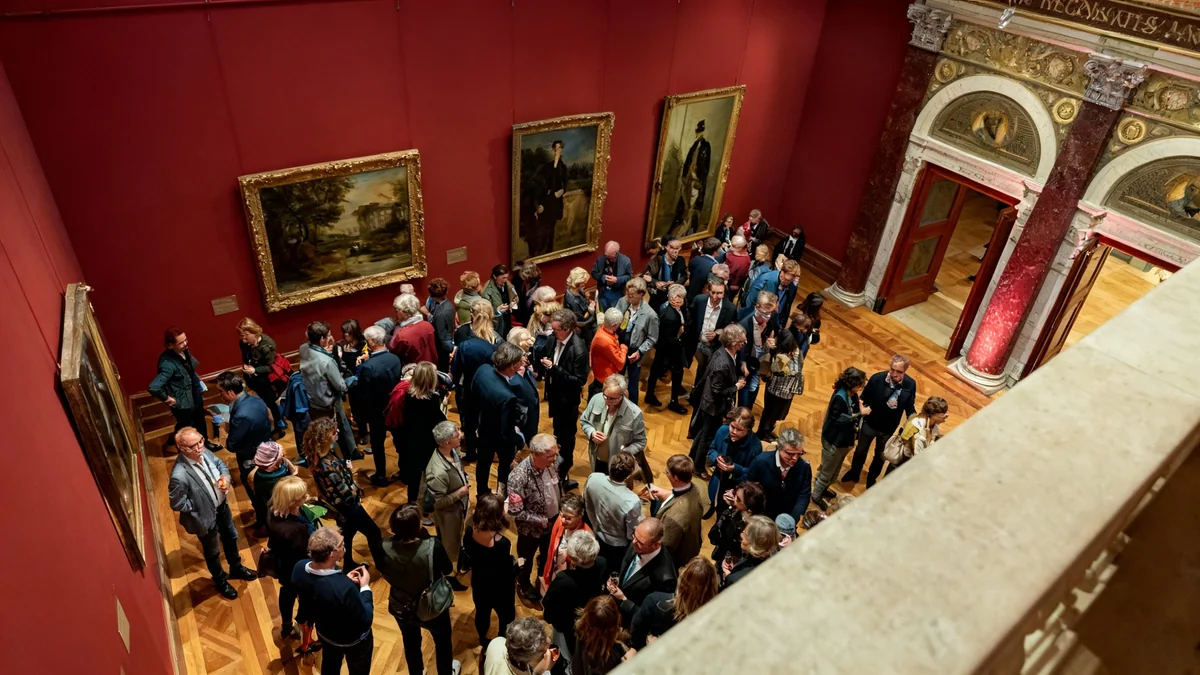The Orange County Museum of Art (OCMA) has finalized its merger with the University of California, Irvine (UCI). This development creates a new institution, the UC Irvine Langson Orange County Museum of Art. The university announced the acquisition on Monday, September 29. This merger brings together OCMA with the UC Irvine Jack and Shanaz Langson Institute and Museum of California Art (Langson IMCA).
UCI will now oversee the new organization's financial and operational responsibilities. It will also make curatorial and programming decisions after a transition period. This consolidation forms a major art entity in Southern California.
Key Takeaways
- OCMA and UC Irvine's Langson IMCA have merged.
- The new institution is named UC Irvine Langson Orange County Museum of Art.
- UC Irvine will manage the new museum's operations and programming.
- The combined collection holds over 9,000 artworks.
- The merger follows a period of leadership changes and financial issues at OCMA.
A New Era for Orange County Art
The newly formed UC Irvine Langson Orange County Museum of Art will house an extensive collection. It will feature more than 9,000 works of art. Approximately 4,500 pieces will come from OCMA, and another 4,500 from Langson IMCA. This creates a significant repository of California art.
The merger is set to reshape the art landscape in Orange County. It centralizes resources and collections under university leadership. This move aims to ensure the long-term stability and growth of the museum.
Museum by the Numbers
- Total Artworks: Over 9,000
- OCMA Contribution: Approximately 4,500 works
- Langson IMCA Contribution: Approximately 4,500 works
- OCMA's New Building Cost: $98 million
- OCMA's New Building Size: 53,000 square feet
History of OCMA
OCMA has a rich history dating back to 1962. It was initially established by 13 women in Newport Beach. The institution was first called the Balboa Pavilion Gallery. Later, it became the Newport Harbor Art Museum.
In 1981, Paul Schimmel joined as chief curator. His tenure significantly expanded the museum's collection. He acquired works by notable California artists. These included John Baldessari, Chris Burden, Vija Celmins, and Ed Kienholz. The museum officially became OCMA in 1996.
After more than a decade of planning, OCMA unveiled its new building in 2022. The 53,000-square-foot facility, designed by Morphosis, cost $98 million. It is located in Costa Mesa, alongside the Segerstrom Center for the Arts. A $2.5 million donation from businessman Mordechai “Moti” Ferder secured free admission for visitors for 10 years.
The Langson IMCA's Journey
The Langson IMCA was founded by UC Irvine in 2017. This followed the university's acquisition of two important collections: the Buck Collection and the Irvine Museum Collection. These acquisitions formed the core of the institute's holdings.
In 2022, Jack and Shanaz Langson made a significant donation. This contribution aimed to fund a new building for the institution. Currently, Langson IMCA operates from a temporary location on Von Karman Avenue, a few miles from OCMA.
The merger will likely alter these plans. It is expected that Langson IMCA will eventually move into OCMA’s newer facility. This consolidation will bring both collections and operations under one roof.
Background on UC Irvine's Art Initiatives
UC Irvine has actively expanded its role in the arts. The establishment of Langson IMCA in 2017 marked a strategic step. The university aimed to create a prominent center for California art studies and exhibition. This merger reinforces its commitment to cultural stewardship and academic integration of the arts.
Challenges Leading to the Merger
The merger follows a challenging period for OCMA. The museum experienced leadership changes and a financial scandal. These events contributed to an atmosphere of uncertainty. In the summer of 2024, 14 trustees resigned from OCMA’s Board. They were replaced by 10 new appointees, as reported by the Los Angeles Times. The newspaper described an "atmosphere of unrest" at the institution.
As a direct result of the acquisition, OCMA’s previous board has been dissolved. This marks a clear transition to university governance. The new structure aims to provide stability and renewed focus.
Financial Issues and Leadership Changes
Earlier this year, Mordechai “Moti” Ferder, a major donor, faced legal accusations. He was accused of fraud, civil theft, and other financial crimes in multiple lawsuits. Ferder was the CEO of Lugano Diamonds and Jewelry until his resignation in May. Reports indicate he has since moved to Israel and is attempting to transfer assets out of the United States. This information comes from complaints filed in federal and county courts.
"The pledge made by Lugano Diamonds is current, and our goal remains to keep admission to the museum free," a representative for OCMA stated to the LA Times last month.
This spring, OCMA’s CEO and Director, Heidi Zuckerman, announced her departure. She will step down at the end of the year. Langson IMCA has also been operating with an interim director since May 2024. This followed the exit of its founding director, Kim Kanatani.
A national search is currently underway to find a new director for the combined institution. A spokesperson indicated that they hope to finalize this process by early next year. Both organizations will continue their scheduled programming through 2026. This allows time for a unified identity to emerge, according to a joint statement.
Future Outlook
The integration of OCMA and Langson IMCA under UC Irvine's leadership is a significant development for the arts in Southern California. It promises to create a more robust and academically supported institution. The combined entity will leverage the resources of a major university.
This merger could lead to enhanced educational programs, expanded research opportunities, and a broader reach for both collections. The focus will be on preserving and presenting California art to a wider audience. The transition period will be crucial for aligning the missions and operations of both former entities. The goal is to create a cohesive and impactful new museum.
- Enhanced Educational Programs: Integration with UCI offers new academic opportunities.
- Expanded Research: University resources can support deeper art historical study.
- Broader Public Access: A unified institution may attract more visitors and diverse audiences.
- Resource Consolidation: Combining operations can lead to efficiencies and stronger financial footing.
The coming months will see the new leadership take shape. The art community will watch closely as the UC Irvine Langson Orange County Museum of Art defines its future role.




